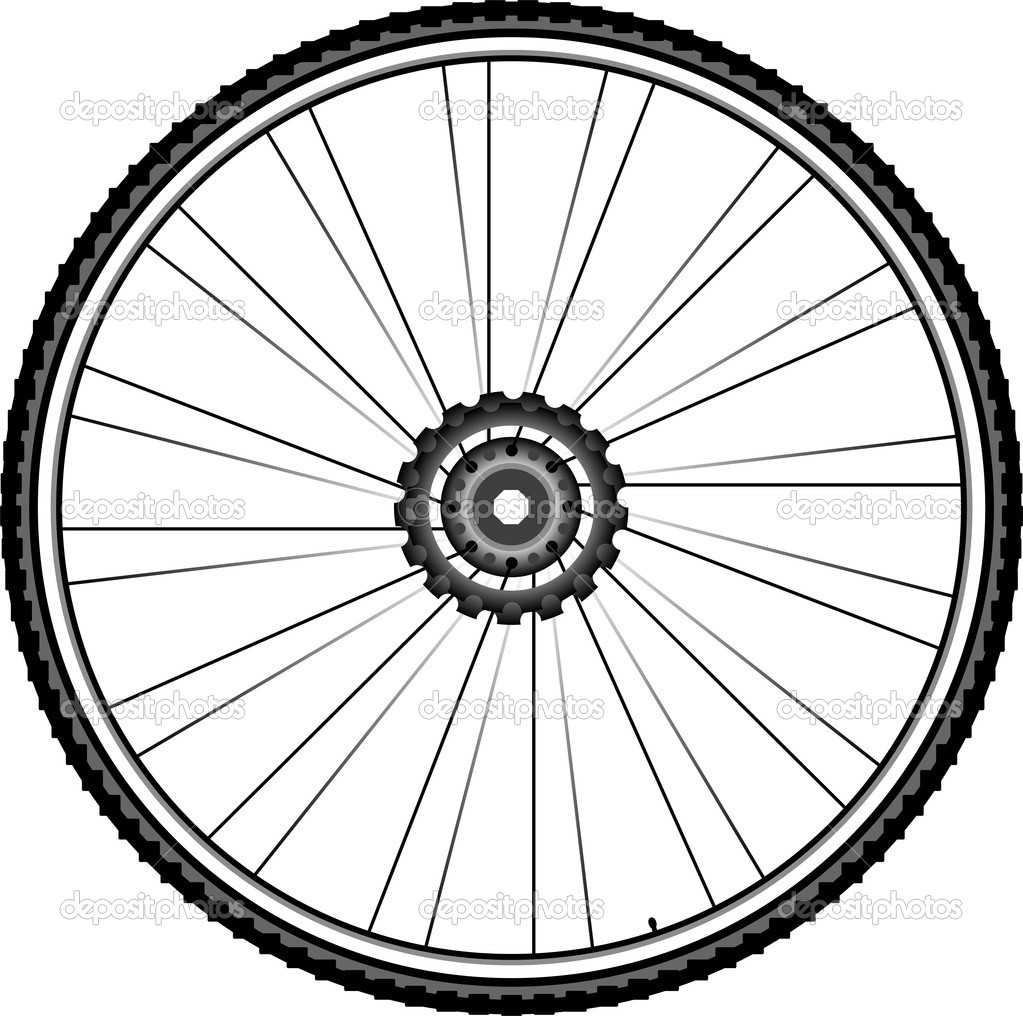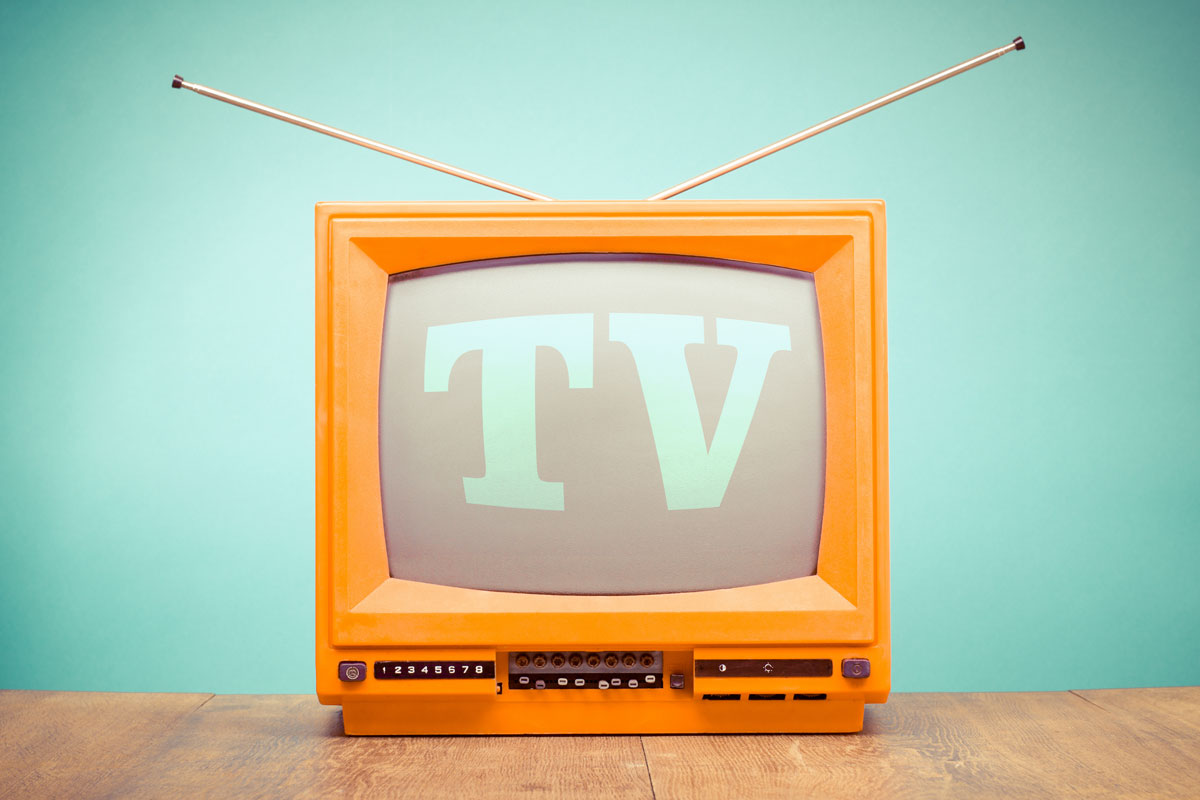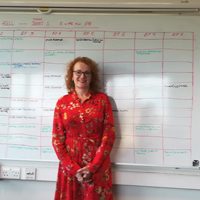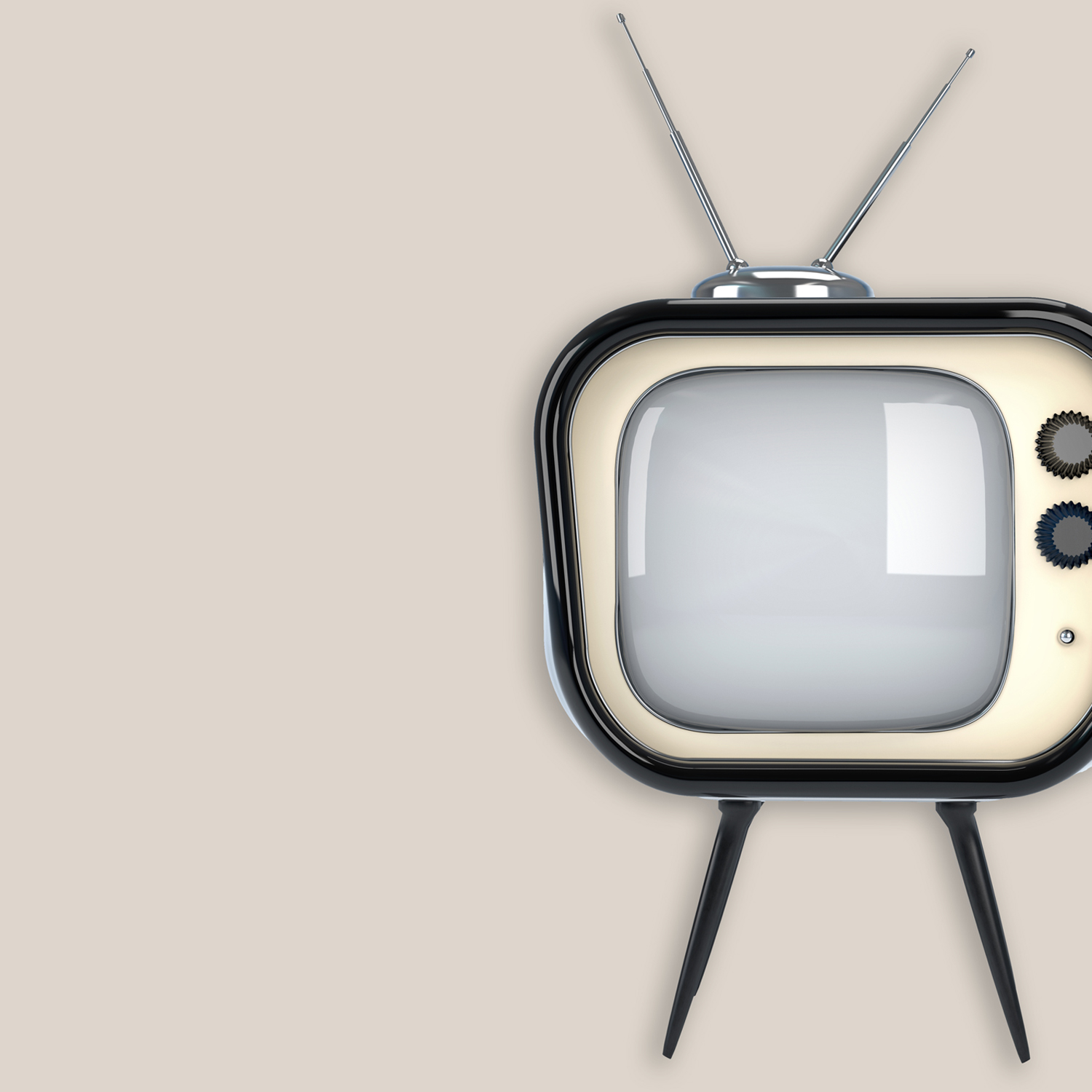In The Beginning

When the world was a place of fear and danger; when wild carnivorous animals roamed free that could eat a human in one gulp like a Chicken McNugget, fire was your friend.
Around that fire, our Ancestors sat; in essence the same as us, but hairier, and with worse teeth.
With this added layer of protection, warmth, a sense of security, came the words. Our language developed as our understanding of the world advanced.
Stories shaped the people we were then, and in our creation and delivery of these stories, we controlled what was known, and what was going to be known.
The past cast its narrative shadow over the present.
And it was a huge powerful force; this story telling; the essence of the spoken word beginning from somewhere deep in our collective sub-conscious; the need, the driving intention to show, to explain, to understand the world around us and ultimately ourselves.
Creating stories and sharing them with our own kind, is the beating heart of what makes us human and separates us from those creatures that want to eat us.
In the creation and sharing of stories, we unite and form friendships, families, tribes.
A well known, well shared story forms a connective tissue around those that relate to the story and so alliances, understandings, connections and collaborations are born.
From ancient times of fire gazing, listening to an Elder relate the adventures of Beowolf, or Jason and his Argonauts, right up to our time; as the Goggle Box families gather around their sets on their various sofas to share the week’s output from our television age, the sharing of stories and our engagement with them threads through our collective consciousness.
We are human. So we tell stories.
THE DNA OF STORY:
The past cast its narrative shadow over the present.
And it was a huge powerful force; this story telling; the essence of the spoken word beginning from somewhere deep in our collective sub-conscious; the need, the driving intention to show, to explain, to understand the world around us and ultimately ourselves.
Creating stories and sharing them with our own kind, is the beating heart of what makes us human and separates us from those creatures that want to eat us.
In the creation and sharing of stories, we unite and form friendships, families, tribes.
It was a baptism of fire working on EastEnders as a newbie Script Editor back in the early 1990’s, but it was on that fast moving, gargantuan show that I learned all I still use today, in my daily life running my Script Consultancy.
EastEnders was then, and still is now, a story producing factory. And it is that mindset that you need to adopt in order to survive the relentless demands of the story eating machine that is a soap transmitted as it was then, twice a week, doubling now, to a four times a week transmission pattern.
I have also worked on Coronation Street, and developed numerous series formats with writers such as Sally Wainwright; (Happy Valley and Gentleman Jack) Russell T Davis; (Doctor Who, and Years and Years) and Kay Mellor; (Fat Friends and The Syndicate).
I learned from these writers how a writers brain works; how they approach their own writing and I learned how to create and shape creative and commercial stories for television, ultimately producing Holby City – my series was BAFTA nominated – and latterly Crossroads – my series was axed – you win some, you lose some…..
The long-running narrative – the series story – is ‘my thing’ – this is what I understand – how to create a story from scratch that would span the distance of more than one television episode – be it for a soap, like EastEnders, or a drama series like Holby City.
There’s a skill to creating the story that will not only deliver a powerful emotional punch, but also, as a direct result, create engagement and ultimately loyalty in an audience.
And coming up with the stories that can do that consistently, is a tough job; in this world of multi-platforms and lots of choice. Audiences are savvy, intelligent and informed these days; they are also fickle and they switch allegiance in the second it takes them to click over to another channel, or viewing platform. So it is vital then, in the world of television, to create stories that have built directly into them, the DNA of a great story…..
And what, is that?
THE STORY PATH:

There is a common language; a phraseology that comes as part of the package of being a person that works with writers who create story. As a newbie at the BBC back in the early 1990‘s, I couldn’t believe that I was getting paid more than I’d ever earned in my 20 years of life, for sitting around a big table and talking about Dot Cotton’s ‘journey’. The business of creating believable story lines for characters millions of people felt they knew personally, week in, week out, makes you very good, very quickly, at recognising a good idea early on, grabbing it and shaping it to deliver the best emotional impact.
Spend any time with a writer or a person who works with them, and you will hear phrases like ‘the character’s journey’, ‘the peaks and troughs’, ‘the emotional landscape’.
It is no accident that a lot of the language around the business of story creation and production refers to a journey – a path – a track our characters take. The original story teller, Homer wrote the epic poem The Odyssey about Odysseus – a man on a long and arduous journey – a spiritual quest, and to an extent, our modern day stories form similar shape.
And mirroring that journey – as our Protagonist puts one story foot in front of another – the landscape in which they walk affects and impacts on their experience, and in return and in another mirror, the character’s reaction to the landscape and what they encounter, changes and shapes the world they live in. And finally, in a third mirror reading this story or watching it unfold, we the audience are so affected and engaged. All great television stories have this shape and this impact.
STRUCTURE:
When we talk about creating and shaping story, we refer to physical geographical structures such as the mountain peak or the valley dip/or trough, but these are metaphorical; in the business of story creation structure is king and as the story takes shape, so it must be controlled and guided through an increasingly challenging terrain. All this to ensure utter concentration and engagement from a fickle, sophisticated audience.
MICRO v MACRO:
There are two very distinct things going on here. As we engage with the story and the characters that populate it, we are aware subliminally, of what I refer to in my work with writers, as the MICRO view. This is the view point of the world as seen through the eyes of the character in question.
The MACRO viewpoint is that which is represented by the bigger picture, the world as a backdrop against the stories that play out within it.
In a drama like Holby City for instance, the MACRO view would be that of the hospital; the day to day running of it, the daily grind. The MICRO view would be that of the patients coming through the double doors with the complaint that forms the story of that week. From their eyes, we see the hospital and its staff and we learn about them from this perspective. Similarly, the hospital staff forming the back drop of the story for our patients, also have a MICRO VIEW, in that from their point of view we see the hospital and its workings and the patients coming through those double doors.
So the Micro and the Macro view point changes and switches throughout an hour of drama and it is that constant shift, that creates engaging, dynamic story telling.
BICYCLE WHEEL:

When I talk about story structure with my writers, I use visuals as much as possible.
All stories are cyclical – a character goes on a journey, they learn something about themselves via the people they meet and the events that happen to them which they have either created themselves or that which is thrust upon them. They end their journey having learned a lesson about themselves and their life in general.
At the centre of this world is a smaller circle – in this sits the main character or group of characters. It is from their point of view or perspective, that we see this world. From them, all story begins. Like spokes in a wheel – coming out of them and hitting the edge of the world in which they sit.
3 ACTS v 5 ACTS:
We are all, essentially, story tellers. If a child wants to tell you about something that happened to them at school, or on the bus or at Nursery, notice how there will be an innate structure in the telling of this ‘thing that happened’.
There will be a beginning, there will be a middle and there will be an ending. Put simply – it is a 3 act structure…..
For eg:
Act 1: ‘I wanted to sit on my own but Clare made me move my bag because Trish wanted to sit next to her but she wasn’t in Clare’s good books because of that thing she said about her Nan’.
Act 2: ‘So I had to listen to Clare tell me all about her guinea pigs and I wasn’t interested but didn’t know how to say that so I just drew this massive horse in the condensation on the window and I think because I wasn’t really listening to her, Clare told me it was rubbish and actually it wasn’t. Clare has a really loud voice and Trish heard her and told her off and they had a big argument and the bus driver yelled ‘stop that’ and he pulled in to the next stop and wouldn’t move the bus again until they stopped tearing each other’s hair out’.
Act 3. So then Trish sat next to me and Clare sat on her own like I wanted to do in the first place, but that‘s why I am home late. It was Clare‘s fault’.
In that example, the middle act – act 2 – is longer than the opening act 1 and the closing act 3. This is often the case in story structure. The middle point of the narrative is where the story does the most of its travelling; where exploration is found and revelations are revealed.

In television; we use a 5 act structure. This used to be dictated by where the ad break fell in a commercial episode for terrestrial television; so when I was working at ITV, the power of the commercial break over the story structure was very much felt.
We have come a long way relatively quickly since the days of drama only being shown on terrestrial channels. Now there are many platforms on which to view story and the rigours of commercial breaks no longer dictate the story structure of an episode.
Statistics show that older people watch the terrestrial channels. The youngsters are mainlining Netflix and Amazon and Sky. We need now, to create stories that deliver maximum impact via the streaming platforms available.
Thankfully, the tricks and tips I used to ensure audiences returned after the ad break are much the same as those employed by drama producers who want to ensure their audiences watch yet another episode. Binge watching is the order of our story telling today and these tricks really work….
A good story has HOOKS, TWISTS and CLIFF HANGERS.
A lot of the language of television story development does what it says on the tin; so ‘The Hook ’in a story line will be that moment where an audience is literally hooked into the next stage of the story – it will come at the end of an act and ensure there is a strong ‘coupling’ from one act to the next. All the time, an audience’s attention is required to be focused on the episode in question. And as I mentioned earlier, there is much to distract us in this modern world of too much choice.
The Twist’ happens half way through the 2nd act; this is a plot twist, an unexpected event or reveal; something that gives the story a renewed energy so we now go into act 3. And halfway through that, there is another twist, which jettisons the story into the 4th act – hooking again into the 5th and final act.
And there will be the Cliff Hanger, bringing the story line to an explosive, or visually engaging, or revelatory climax – just for now, because of course, we want the audience to either watch another episode immediately or make ‘an appointment to view’ the next one soon.
HOW WE USE STORY IN OUR DAILY LIVES:
I’ve worked with story and writers for 25 years. Telling a good story is part of what makes me, me. I like to think I can write a good tale as well as put one over verbally.
There’s a knack to telling even an anecdotal story; you’ve probably all been there at some point, there’s a member of your group hell bent on telling a tale they believe is both hilarious and informative but in the telling of it the time ticks by, there’s tumbleweed rolling across a metaphorical acreage of unfunny, boring facts that this poor person is doling out, all the while oblivious to the teeth clenching, toe curling and nail biting going on amongst their captive audience….. this is because more often than not, what is thought to be a story is in fact not – it could be a situation, an event, an isolated moment in time, it can be a fragment of a bigger tale, but not the tale itself.
What constitutes a proper story is any tale with a beginning, a middle and an ending. And most importantly, when all the journeying is done, the story must make us feel, or think differently. It must have a message. And that is where SUBTEXT comes in.
SUBTEXT v TEXT:
If you think now, of any drama you have seen recently, film, tv series, or perhaps it’s a book you’ve just finished reading. Does the story stay with you? And if it does, what does it tell you? How does it make you feel?
The text of a story is another word for PLOT. The plot is what happens – the action we see either in our mind’s eye if we are reading a story or on screen if we are watching it. This plot is essential in order for us to feel we are on a journey – things are happening, the landscape is changing – but plot alone does not make a good story. Plot needs its companion; SUBTEXT.
Subtext is that which a character feels but does not say. Subtext is the driving force behind the plot that we are watching and as we do so, there is a subliminal message going in to our subconscious – ‘this is why she is doing that’ ‘I know how she feels’ ‘I would like to help’ or ‘I don’t want to be anywhere near her/part of this, but I must keep watching’.
Subtext and its working in collaboration with Text, ensures there is a message created and released by the narrative and we therefore are fully engaged and right in that moment too – with the character/s on screen.
All good story telling is an invitation to feel, to question, to align with or against, to basically make a personal choice to empathise and react.
That is why stories from modern times, like Killing Eve, right back to a time before television, when those fires burned and the spoken word was all we had – creates division, discussion and debate. We learn from engaging with others’ stories and in so doing we are changed and progress as a society as a whole.
I believe all of us have our own stories to tell and do it in lots of different ways, in small, daily doses of just being human.
I think true happiness lies at finding yourself at the centre of your own bicycle wheel; with your loved ones sharing that space. The world of work and industry forms loops around you and the bigger picture – the macro view is one you have carved out by living, by experience and by growing.
When my mum died in April 2018, I wanted to write something that could be shared at her funeral – my point of view of her. My micro view. And it was in doing that, that I realised she, all the time that I was living in the world when she was in it, had always been at the centre of my bicycle wheel. From her, all spokes came.
Story structure is never far from life and the living of it, in my view.
Who we are; our inner selves and what we show to the world; our outer selves, are often two very different entities. In my work with writers, I try to bring about an authentic voice – a combination of that which makes the writer write (their subtext) and that which the writer wants us to know (the text or plot).
Finding an authentic voice in life and in writing are one and the same thing to my mind, and it is in the use of our authentic voice that we find true peace of mind and can spread that outwards.
HOW TO WORK WITH ME:

Telling stories in the series narrative format; put another way – being a television writer – demands specific skills and a mindset not every writer finds easy to adopt. I work with many writers from varying backgrounds and at differing stages of their writing career, but what unites them all is the urge to to tell stories for a wide and engaged audience that span more than one episode. They come to me at Script Advice to learn how to handle the job of pulling out the series narrative from their story and gain confidence in both structuring and shaping their dramatic worlds to fit the long form narrative.
Writing a great, strong, engaging series for television, to my mind, requires 30% pure invention and 70% structural knowledge.
I have seen so many good ideas flounder wetly at the ‘drama road side’ due to a lack of backbone. Writers need to get the skeleton of their story strong in order to deliver a fit, strong episodic story.
Which is where I come in. I have Television Drama Series running through me like Blackpool in a stick of rock.
I am hard-wired to begin shaping and structuring story ideas as soon as a writer says to me ‘I have an idea, I want to tell a story about….’ the brain is already beginning to box off, to pull out and wind around story lines that will explore and shine a light on the territory you, the writer wants to present to the world.
You can join my Online TV Writing School in September and work with me for 6 weeks – during which time you will learn how to present your tv project via a Treatment that will help sell the idea, then map out the series arcs with me and finally deliver the first draft of your TV Pilot. The last course ran in the Spring; check out what the writers said about it and about working with me here.
RESURRECTING CHARACTERS ……
I did an interview recently on BBC Radio Four the World at One…. They asked me ‘why do story tellers bring characters back from the dead?’ Here is my response. I come in at 38 mins 49 secs – towards the end of the programme.





